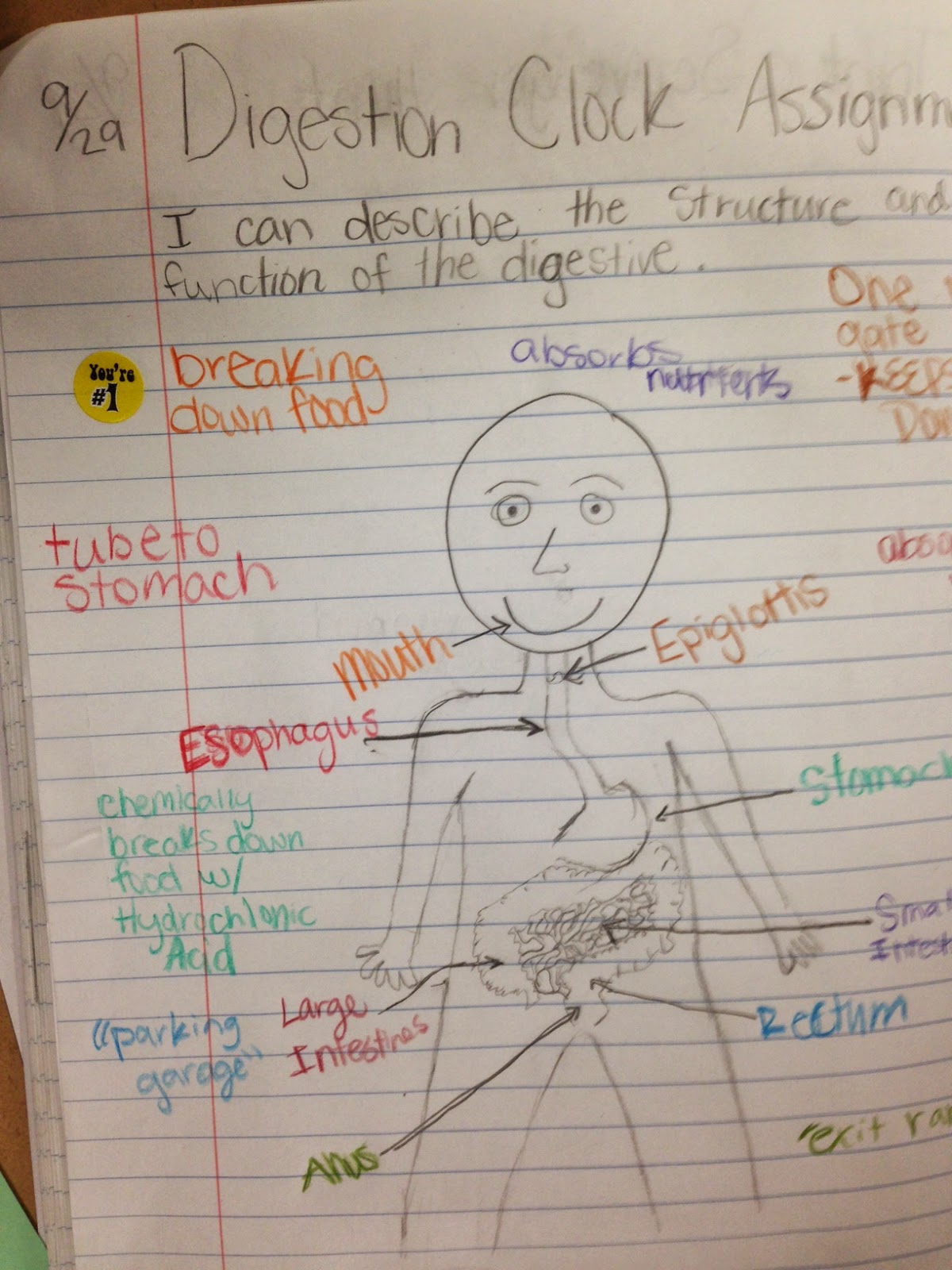We have been busy learning all about motion using science vocabulary, math, and graphs! Today we even pretended to be nascar drivers as we interpreted motion graphs. Students should have been doing work in a new textbook with a blue cover on pages 4-11 so far. The expectation is that the students are completing the reading assignments and marking the text by circling the key words and underlining the main claims. After they read the text, they should answer the questions that are built into the text to make sure they are understanding what they are reading.
So far we have completed the following in our science notebooks for motion, if they pages have handouts they are linked below as well, just click on the title of the page!
Pg 66: Motion "I can" Statements: This page tells the student what they should know and be able to do by the end of the unit, in other words, what they will be graded on. This is also a reflection and resource tool for students to keep track of their growth in learning and what they have done to learn the different ideas in the unit.
Pg 67: Motion Cover Page: Similar to the cover of a book, this is the cover to the motion unit. The assignment is very open ended, with the following 3 rules:
1. It must include 3 vocabulary words from the notes on pg 68/69
2. It must have 3 or more pictures
3. Uses color
Pg 68: Motion Vocabulary Cards: Motion Vocabulary cards on reference point, velocity, acceleration, and speed. Kids wrote the definition of the word, used the word in a sentence that provides context clues, gave examples, and non-examples. This is a vocabulary strategy known as frayer diagrams. Finally, students drew a picture that represented the word on the back of the vocabulary cards. We created a simple pocket to store our cards on pg 68 in our science notebooks.
Pg 69: Motion Cornell Notes: Fill in the blank notes on all the important vocabulary used to discuss motion in science.
Pg 70: Speed Lab Summary: A summary (or clock assignment) of the lab on speed where students were asked to explain how distance, time, and speed are related.
Pg 71: Speed Lab: Handout with the directions, data table, and conclusion questions that helped students learn how to calculated speed, as well as, how speed, distance, and time are related.
Pg 72: Speed Calculations W.S.: Practice calculating speed, distance, and time.
Pg 73: Speed Calculations Triangle: A handout that shows how to calculate speed, distance, and time.
Pg 74: Graphing Story: Students were asked to draw a distance vs. time graph and write a motion story that matched the graph. We did several examples in class with the motion graphing notes.
Pg 75: Motion Graphing Notes: A handout of the notes we discussed on graphing motion.
Finally, you may have noticed that I have started recording individual assignments from the textbook and notebook in the gradebook instead of giving a general weekly grade. The hope is that this more accurately represents both the quantity and the quality of the work that students are completing. If an assignment is marked missing it may be turned in for credit. Missing assignments are changed to 0 when I will no longer expect them for credit, which is after the unit test.
Thanks for visiting, sorry for no pictures!!


























